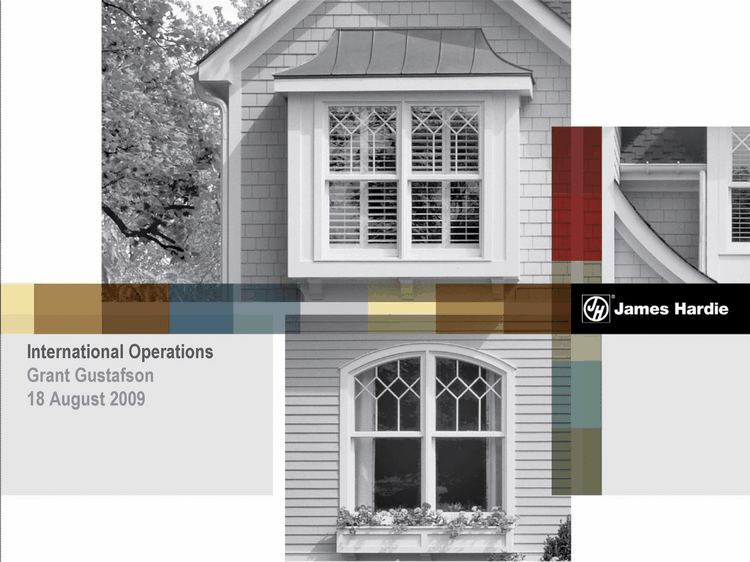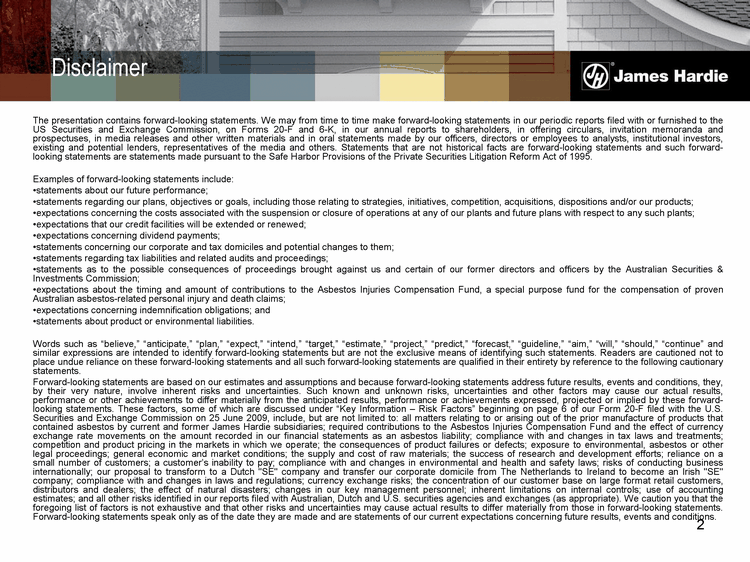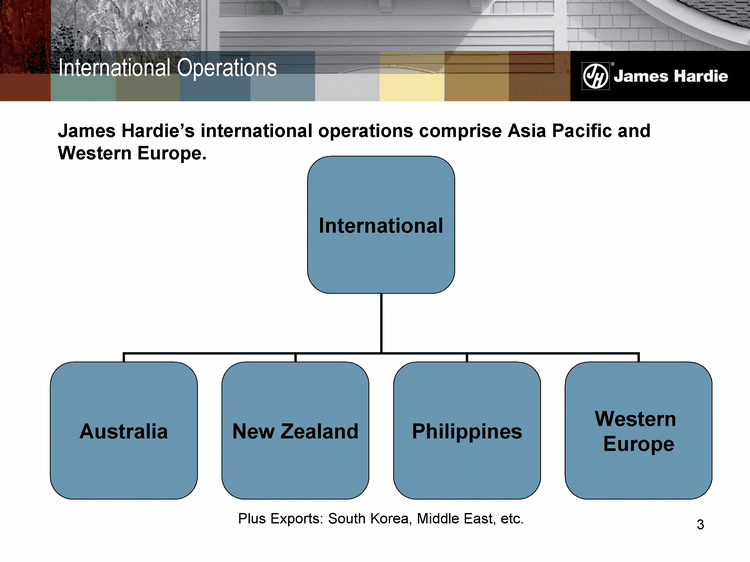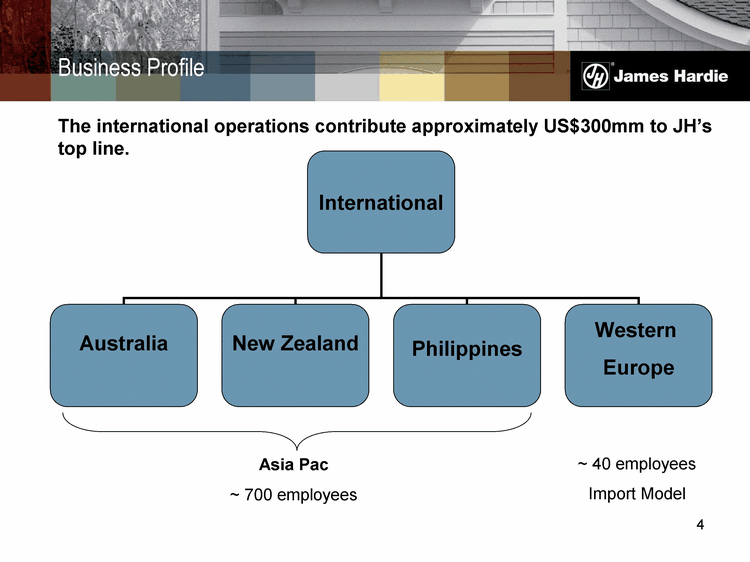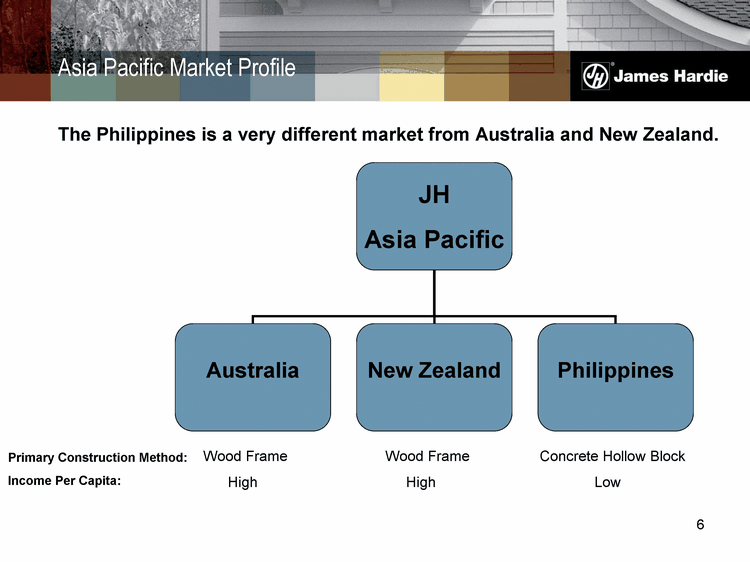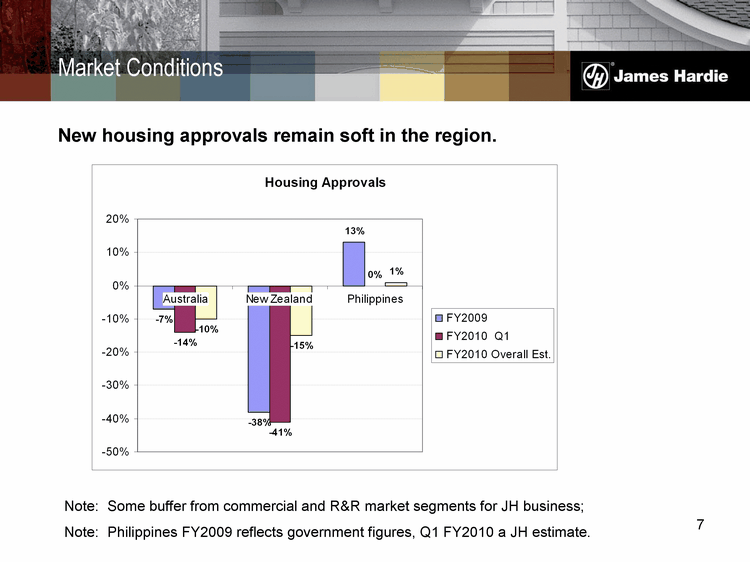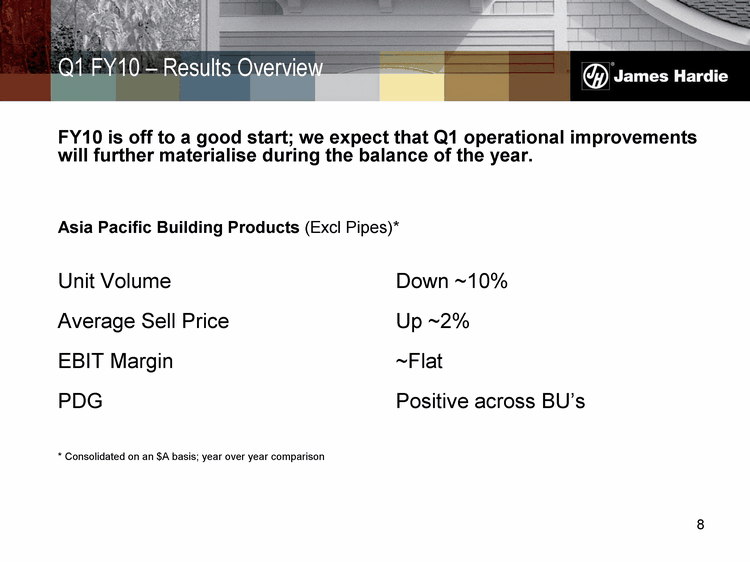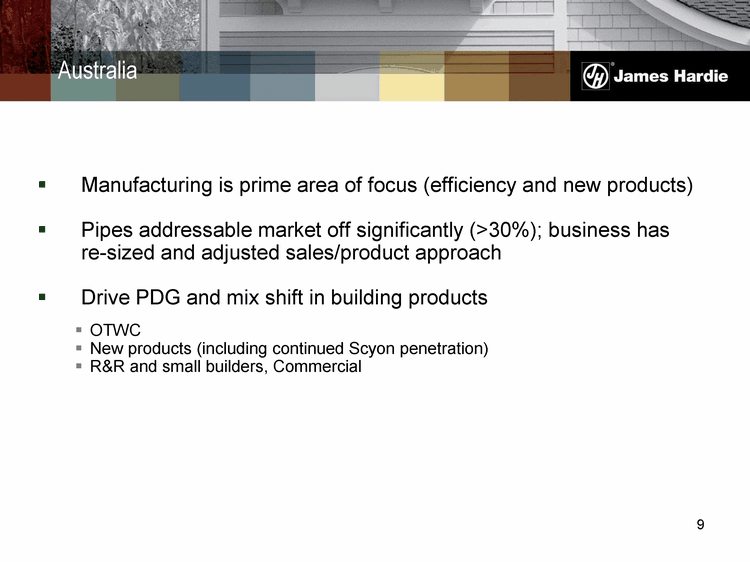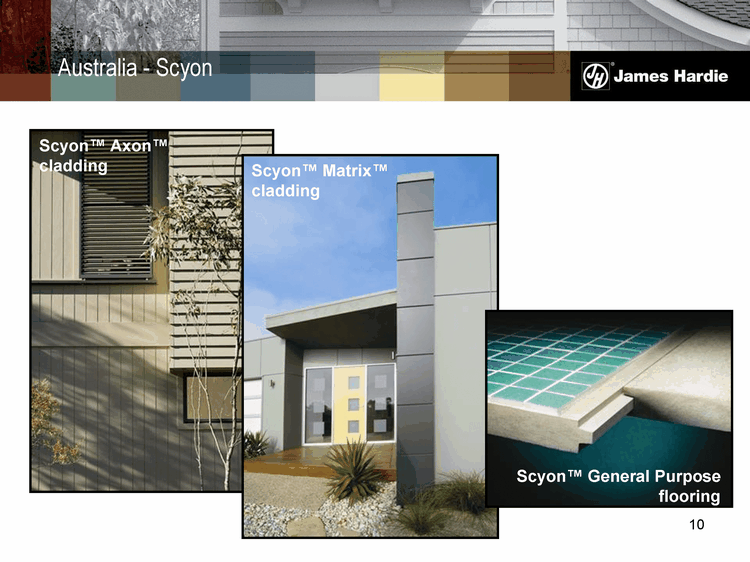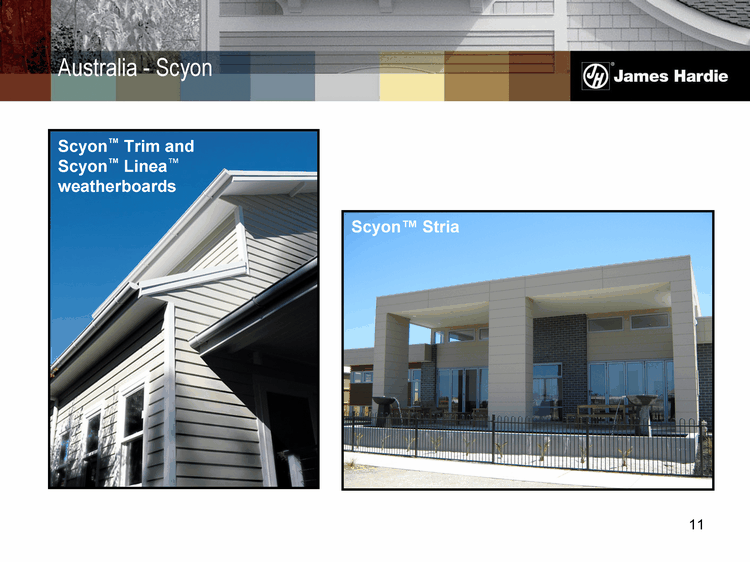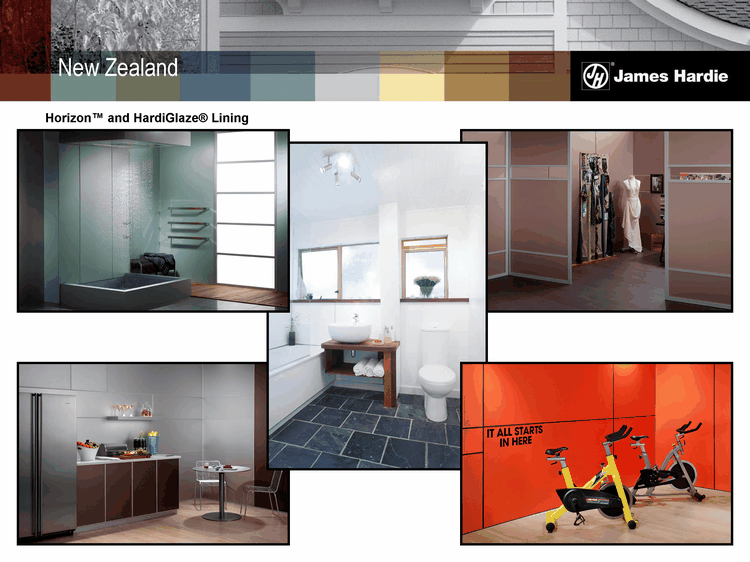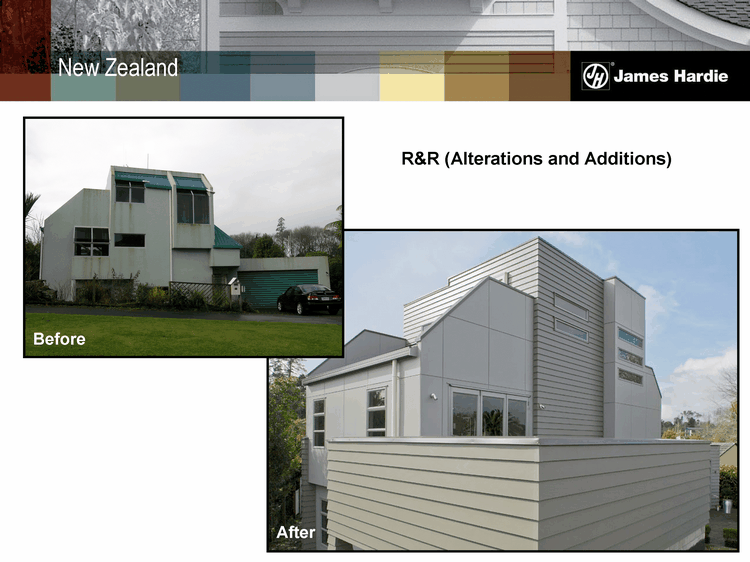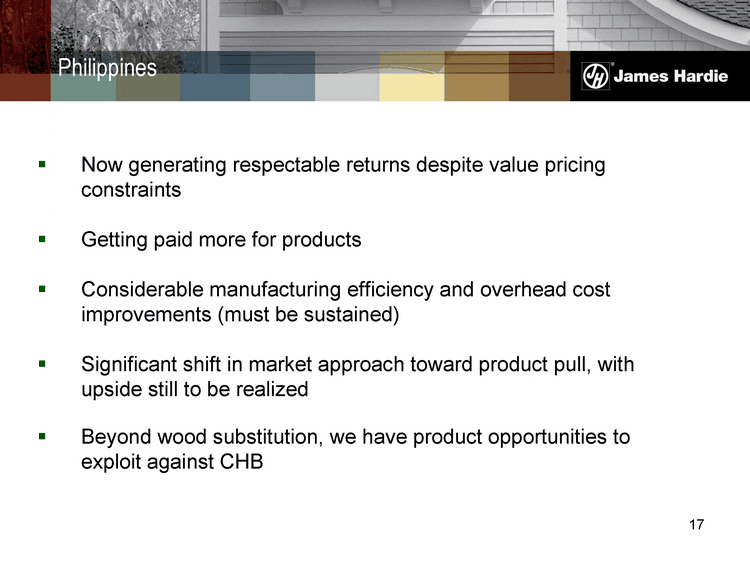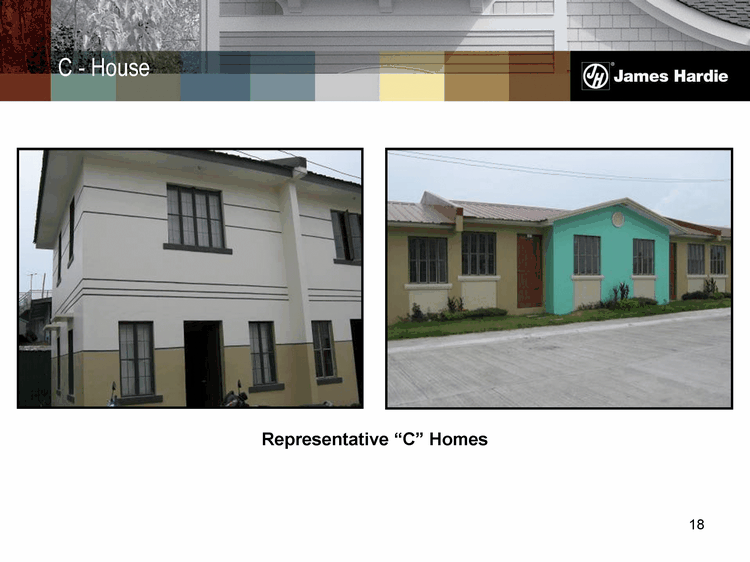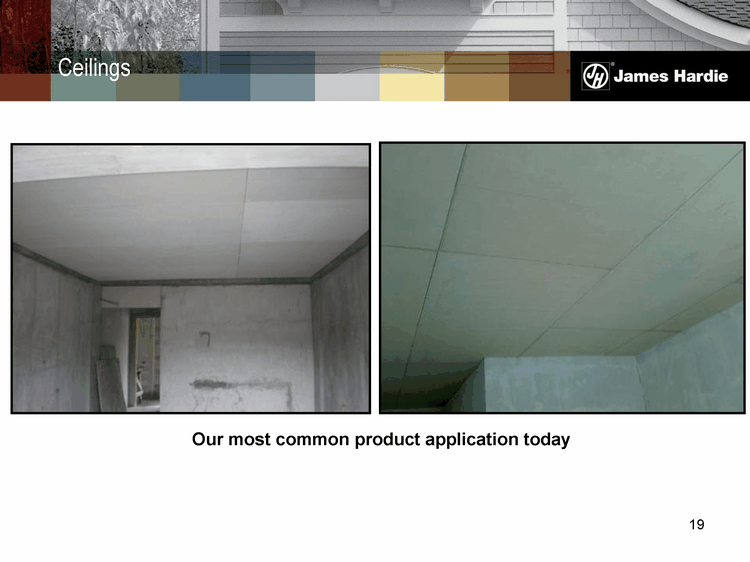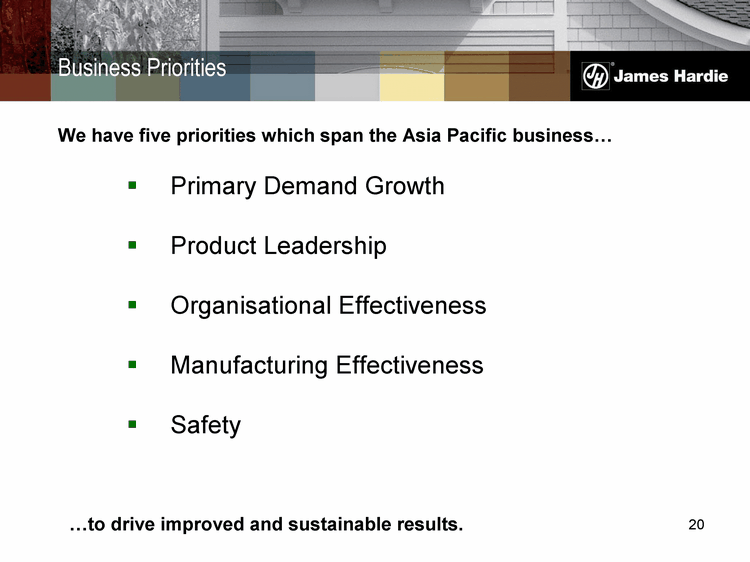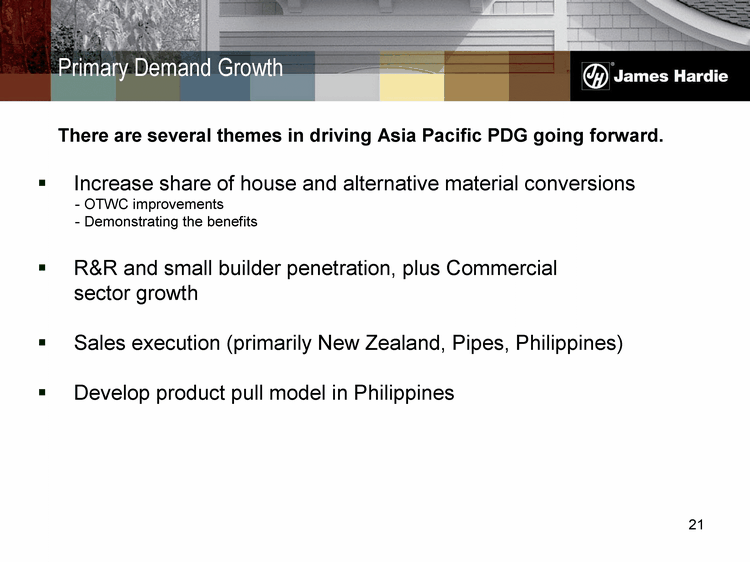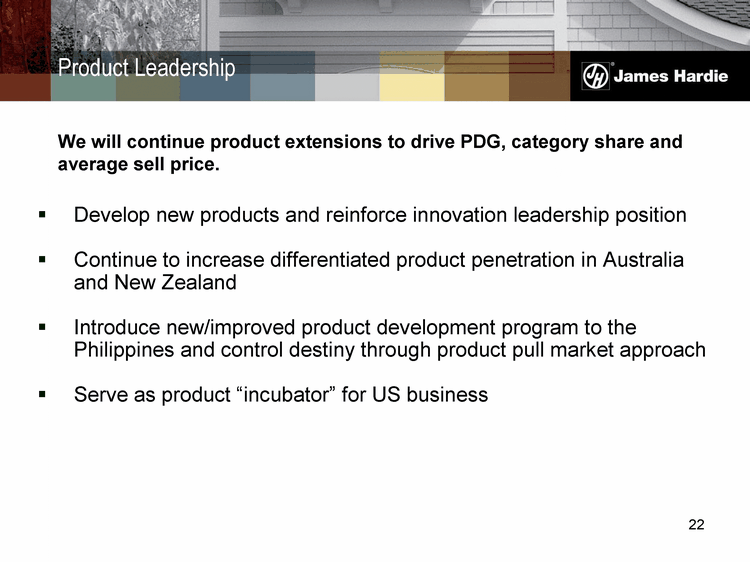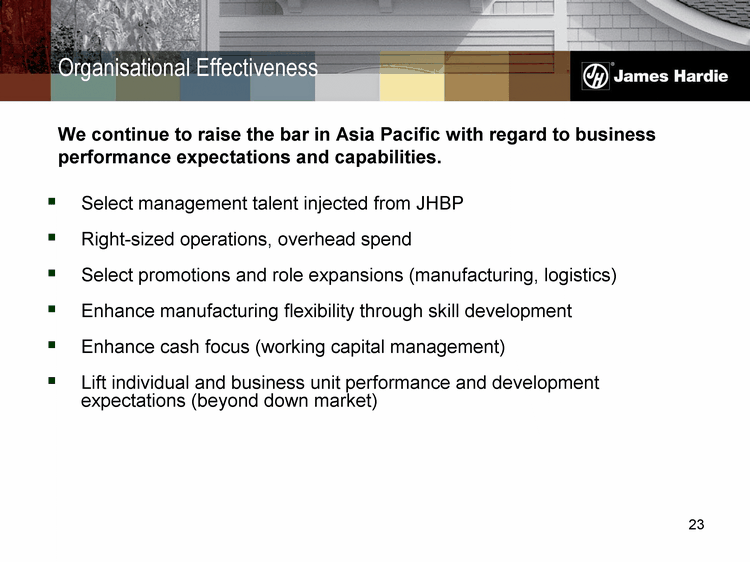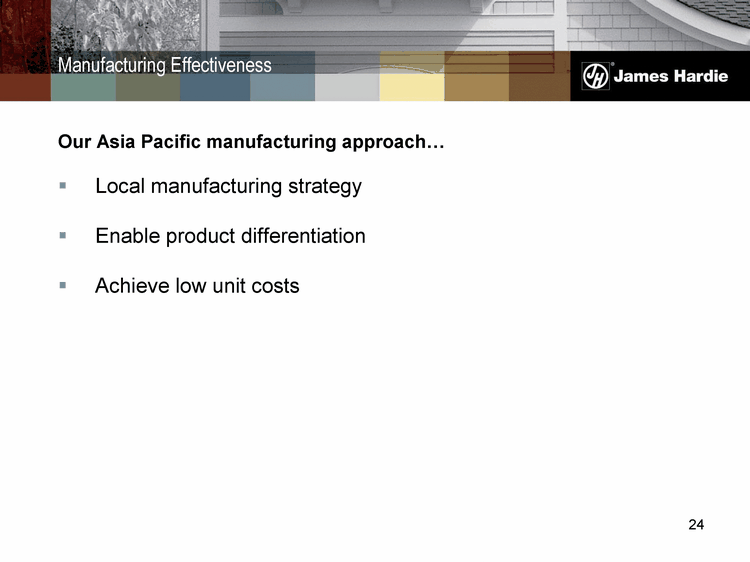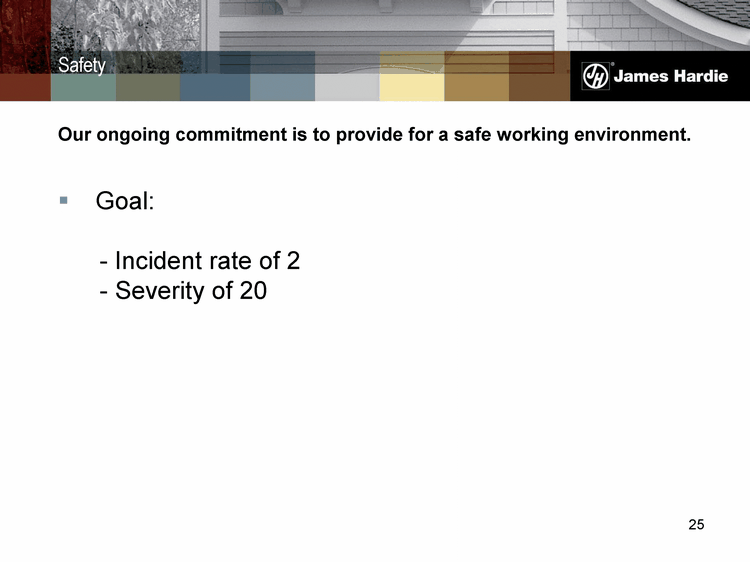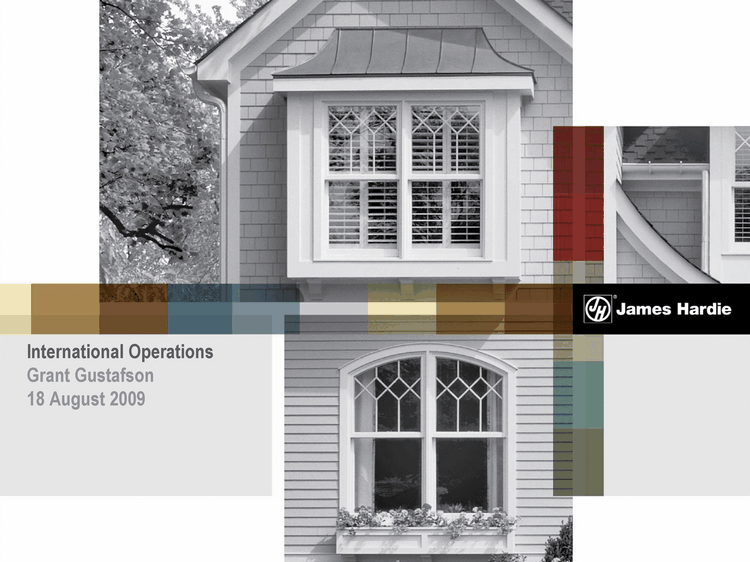|
The presentation contains forward-looking statements. We may from time to time make forward-looking statements in our periodic reports filed with or furnished to the
US Securities and Exchange Commission, on Forms 20-F and 6-K, in our annual reports to shareholders, in offering circulars, invitation memoranda and
prospectuses, in media releases and other written materials and in oral statements made by our officers, directors or employees to analysts, institutional investors,
existing and potential lenders, representatives of the media and others. Statements that are not historical facts are forward-looking statements and such forward-
looking statements are statements made pursuant to the Safe Harbor Provisions of the Private Securities Litigation Reform Act of 1995.
Examples of forward-looking statements include:
statements about our future performance;
statements regarding our plans, objectives or goals, including those relating to strategies, initiatives, competition, acquisitions, dispositions and/or our products;
expectations concerning the costs associated with the suspension or closure of operations at any of our plants and future plans with respect to any such plants;
expectations that our credit facilities will be extended or renewed;
expectations concerning dividend payments;
statements concerning our corporate and tax domiciles and potential changes to them;
statements regarding tax liabilities and related audits and proceedings;
statements as to the possible consequences of proceedings brought against us and certain of our former directors and officers by the Australian Securities &
Investments Commission;
expectations about the timing and amount of contributions to the Asbestos Injuries Compensation Fund, a special purpose fund for the compensation of proven
Australian asbestos-related personal injury and death claims;
expectations concerning indemnification obligations; and
statements about product or environmental liabilities.
Words such as "believe," "anticipate," "plan," "expect," "intend," "target," "estimate," "project," "predict," "forecast," "guideline," "aim," "will," "should," "continue" and
similar expressions are intended to identify forward-looking statements but are not the exclusive means of identifying such statements. Readers are cautioned not to
place undue reliance on these forward-looking statements and all such forward-looking statements are qualified in their entirety by reference to the following cautionary
statements.
Forward-looking statements are based on our estimates and assumptions and because forward-looking statements address future results, events and conditions, they,
by their very nature, involve inherent risks and uncertainties. Such known and unknown risks, uncertainties and other factors may cause our actual results,
performance or other achievements to differ materially from the anticipated results, performance or achievements expressed, projected or implied by these forward-
looking statements. These factors, some of which are discussed under "Key Information - Risk Factors" beginning on page 6 of our Form 20-F filed with the U.S.
Securities and Exchange Commission on 25 June 2009, include, but are not limited to: all matters relating to or arising out of the prior manufacture of products that
contained asbestos by current and former James Hardie subsidiaries; required contributions to the Asbestos Injuries Compensation Fund and the effect of currency
exchange rate movements on the amount recorded in our financial statements as an asbestos liability; compliance with and changes in tax laws and treatments;
competition and product pricing in the markets in which we operate; the consequences of product failures or defects; exposure to environmental, asbestos or other
legal proceedings; general economic and market conditions; the supply and cost of raw materials; the success of research and development efforts; reliance on a
small number of customers; a customer's inability to pay; compliance with and changes in environmental and health and safety laws; risks of conducting business
internationally; our proposal to transform to a Dutch "SE" company and transfer our corporate domicile from The Netherlands to Ireland to become an Irish "SE"
company; compliance with and changes in laws and regulations; currency exchange risks; the concentration of our customer base on large format retail customers,
distributors and dealers; the effect of natural disasters; changes in our key management personnel; inherent limitations on internal controls; use of accounting
estimates; and all other risks identified in our reports filed with Australian, Dutch and U.S. securities agencies and exchanges (as appropriate). We caution you that the
foregoing list of factors is not exhaustive and that other risks and uncertainties may cause actual results to differ materially from those in forward-looking statements.
Forward-looking statements speak only as of the date they are made and are statements of our current expectations concerning future results, events and conditions.
Disclaimer
|
